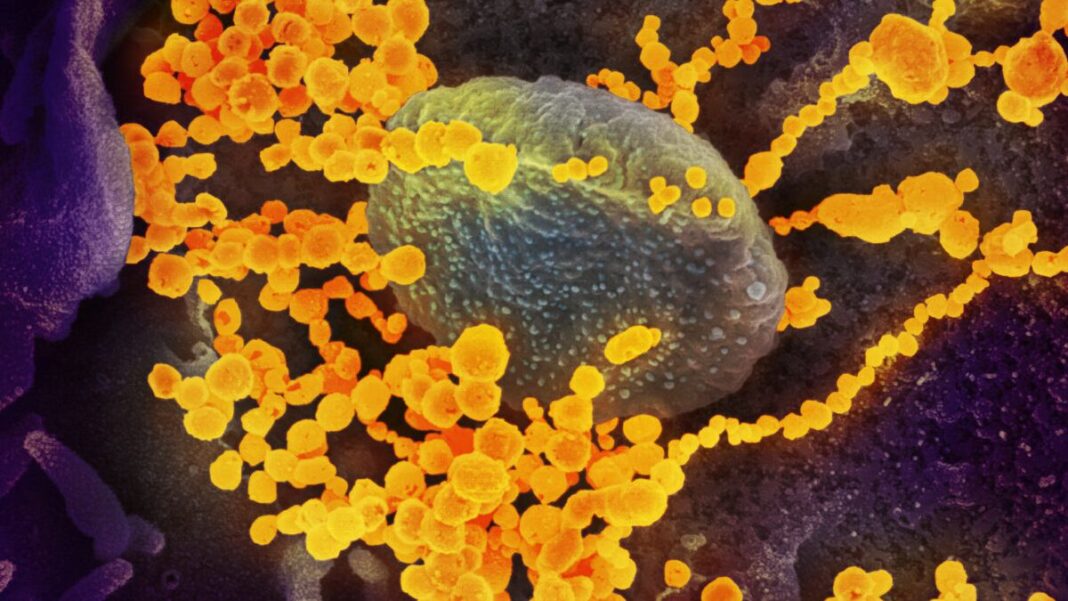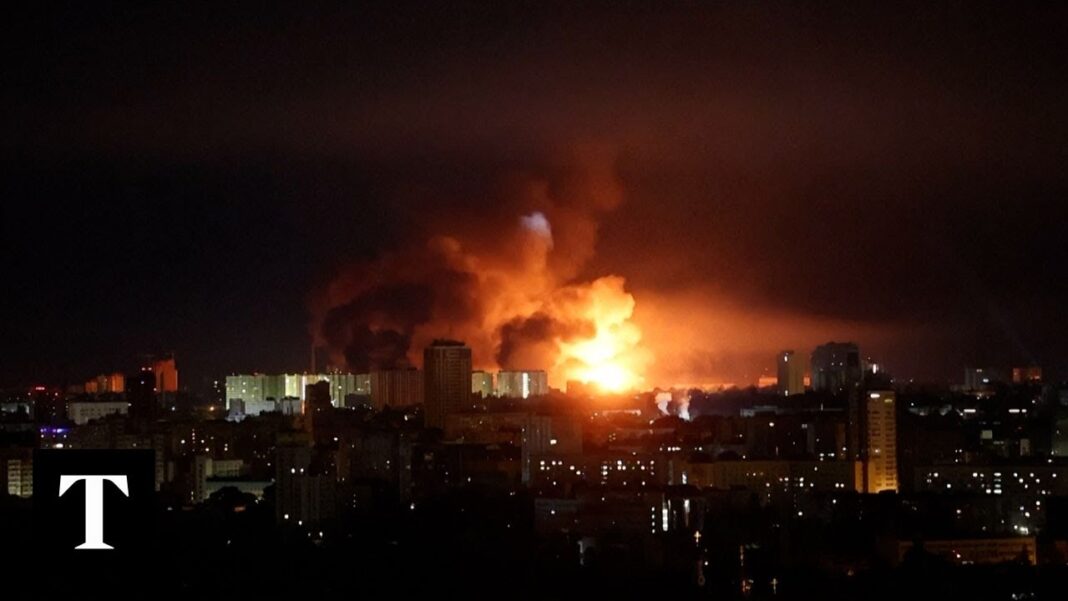The World Health Organization says that the risk to public health posed by the variant is currently low.
The World Health Organization (WHO) has said that a new COVID-19 variant has been designated as a “variant under monitoring” amid reports indicating a resurgence of the virus in mainland China.
A document that was uploaded to the U.N. health body’s website on May 23 said that as of that date, the NB.1.8.1 variant is considered to have a low risk to public health “at the global level.”
“Currently approved COVID-19 vaccines are expected to remain effective to this variant against symptomatic and severe disease,” the WHO said. “Despite a concurrent increase in cases and hospitalizations in some countries where NB.1.8.1 is widespread, current data do not indicate that this variant leads to more severe illness than other variants in circulation.”
The WHO defines a “variant under monitoring” as a COVID-19 strain that “may require prioritized attention and monitoring.” It’s of lower concern than either a “variant of interest” or a “variant of concern.”
WHO’s May 23 update noted that NB.1.8.1 appears to be “growing rapidly compared to co-circulating variants” and added that “while there are reported increases in cases and hospitalizations” in reporting countries, “there are no reports to suggest that the associated disease severity is higher as compared to other circulating variants.” The WHO document did not specifically name any countries that may be reporting the variant.
“The available evidence on NB.1.8.1 does not suggest additional public health risks relative to the other currently circulating Omicron descendent lineages,” said the WHO, referring to a previous COVID-19 variant that emerged in late 2021.
The update comes as health experts have said that China has seen an uptick in COVID-19 in recent weeks and noted that patients have reported severe, burning throat pain as a symptom.
In one example, Dr. Li Tongzeng, director of the Infectious Diseases Department at Beijing You’an Hospital, told Chinese state-run media that the resurgence of COVID-19, which began in March, is expected to peak sometime later in May.








